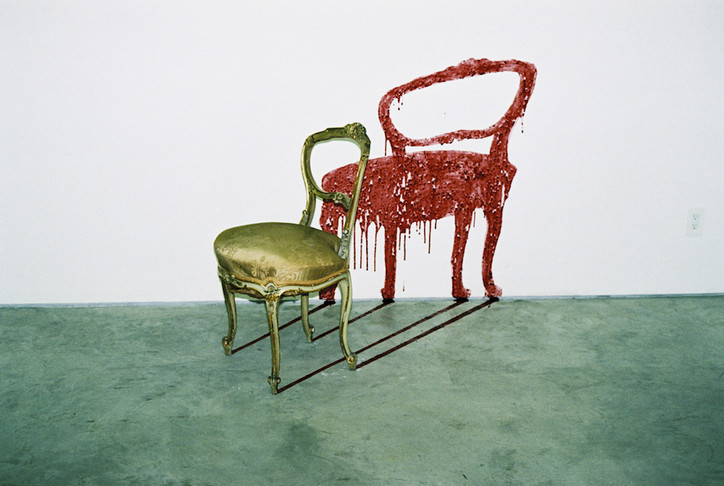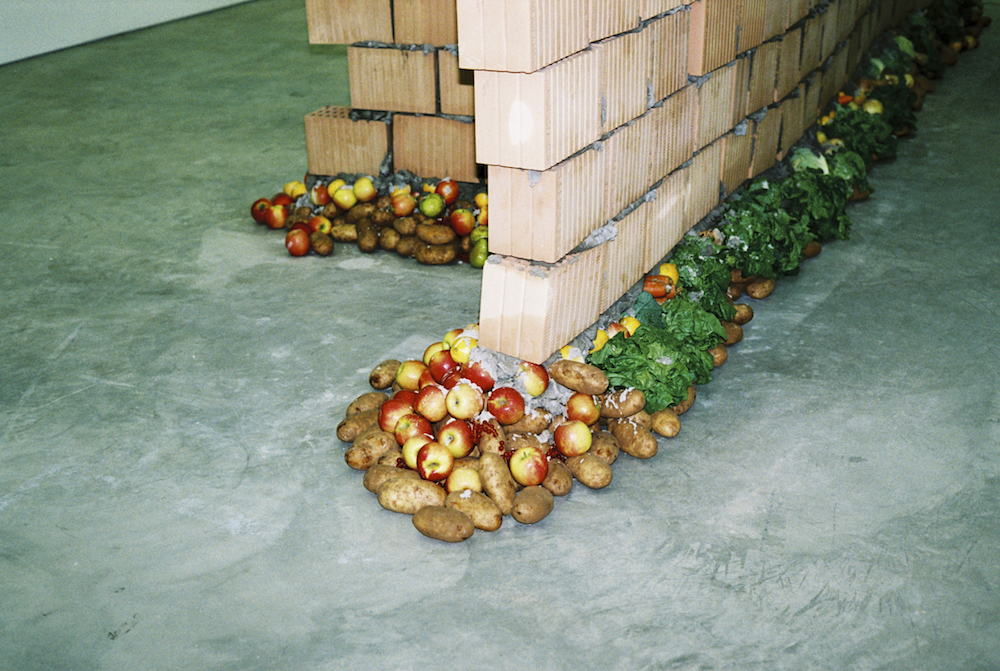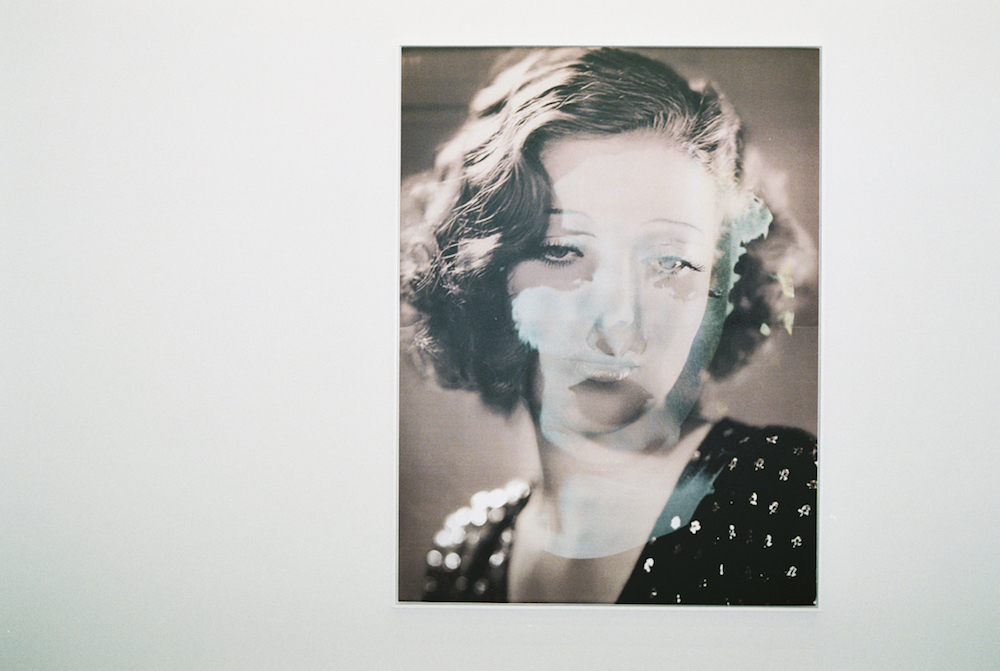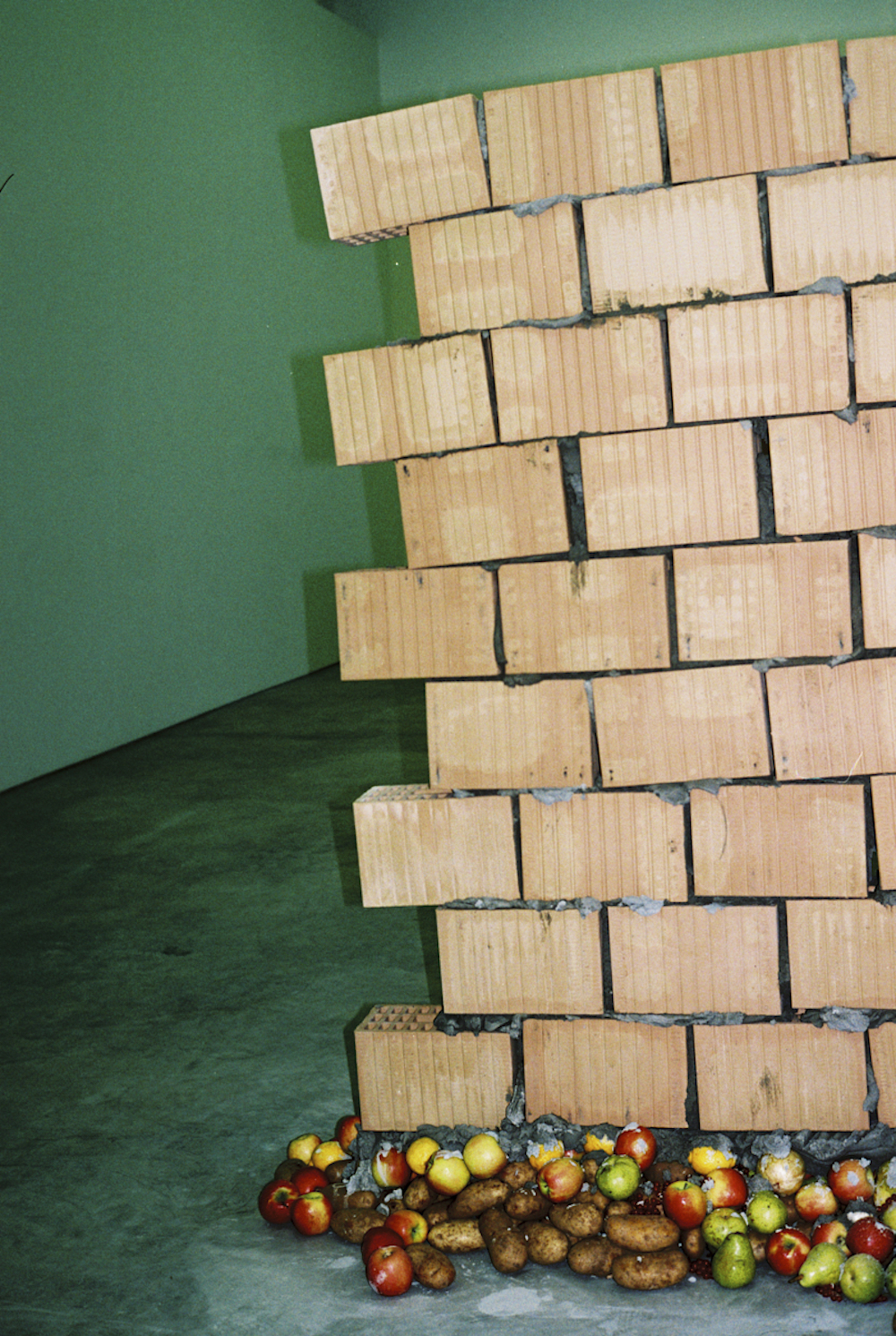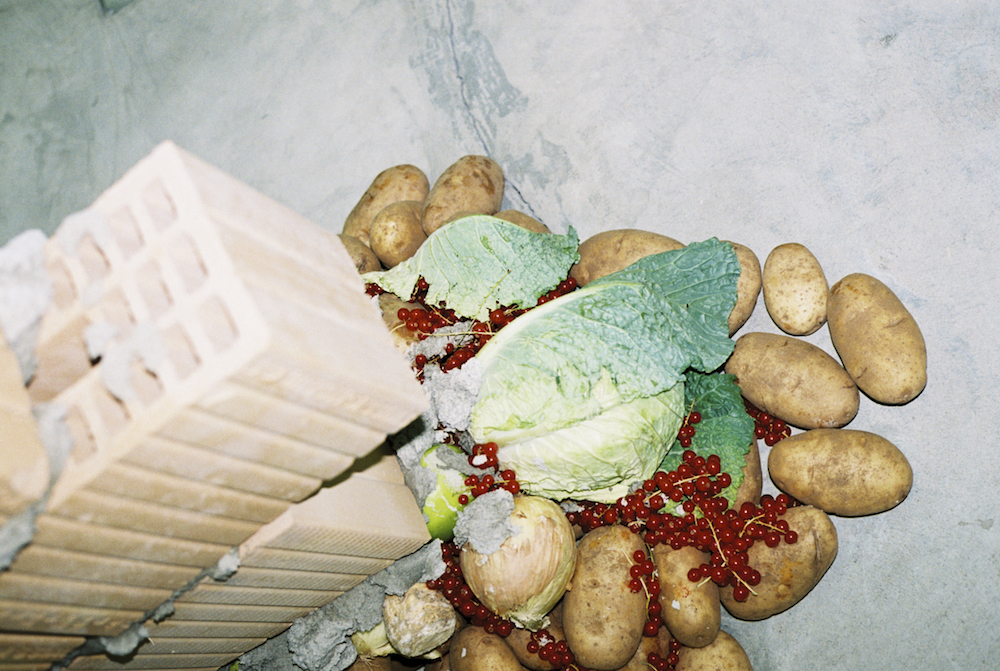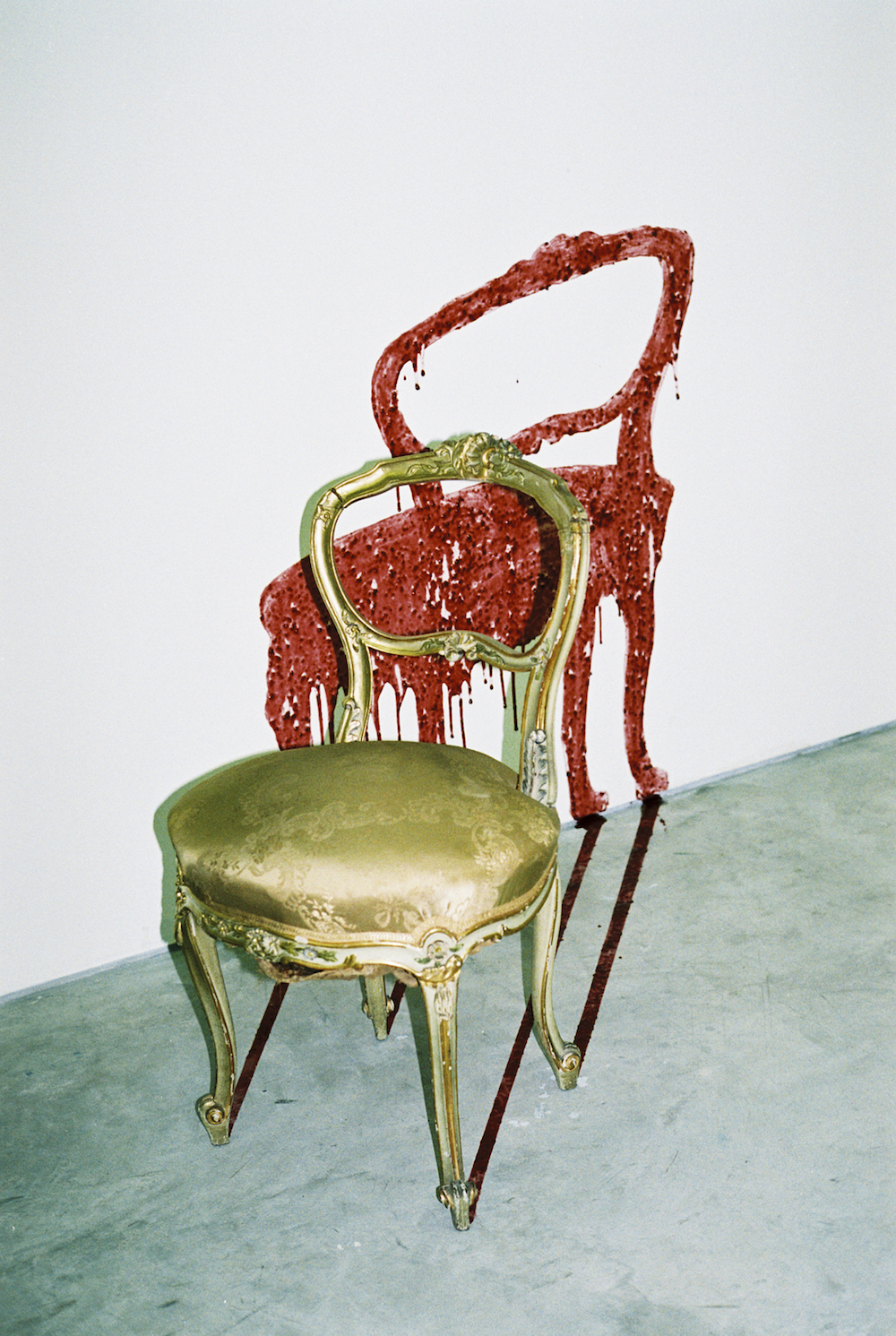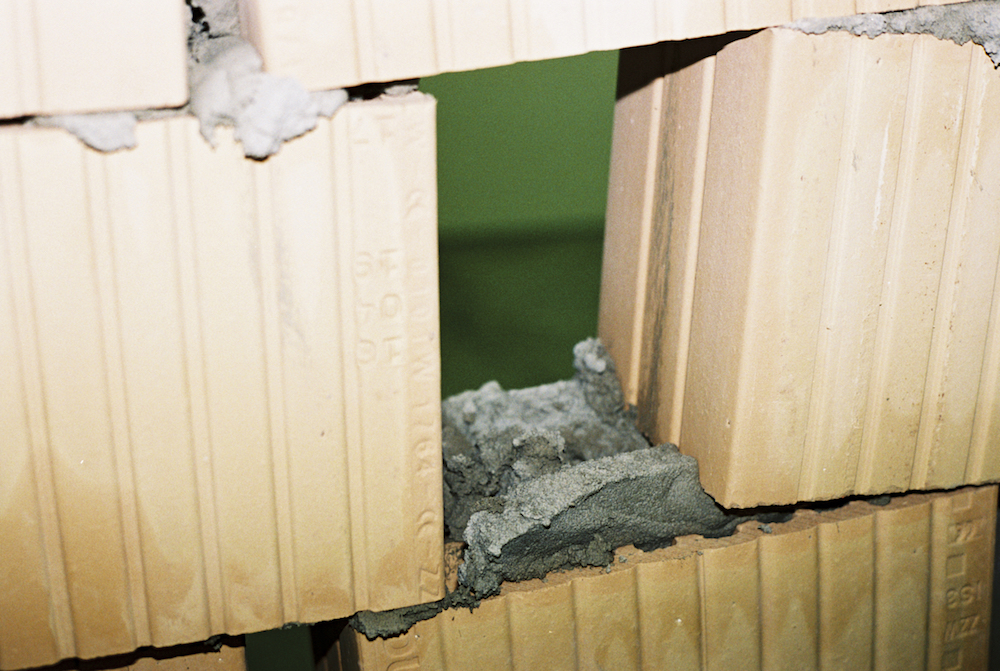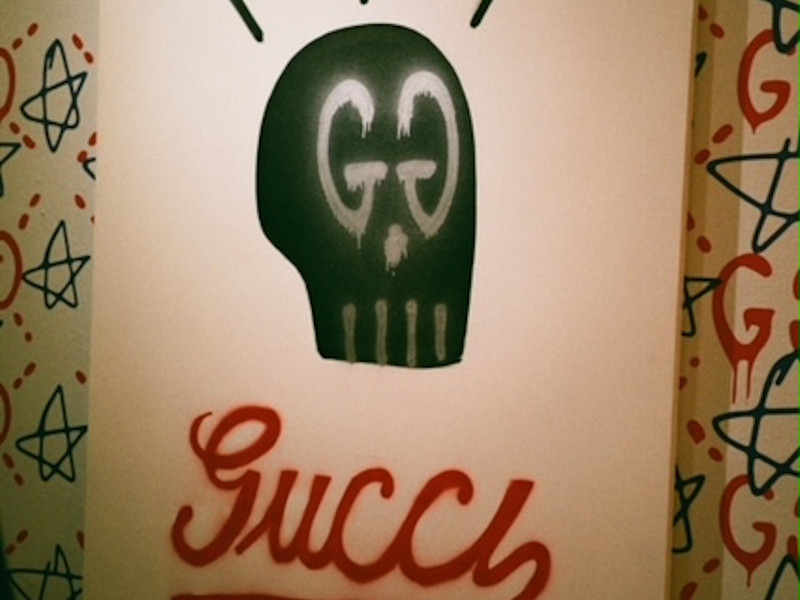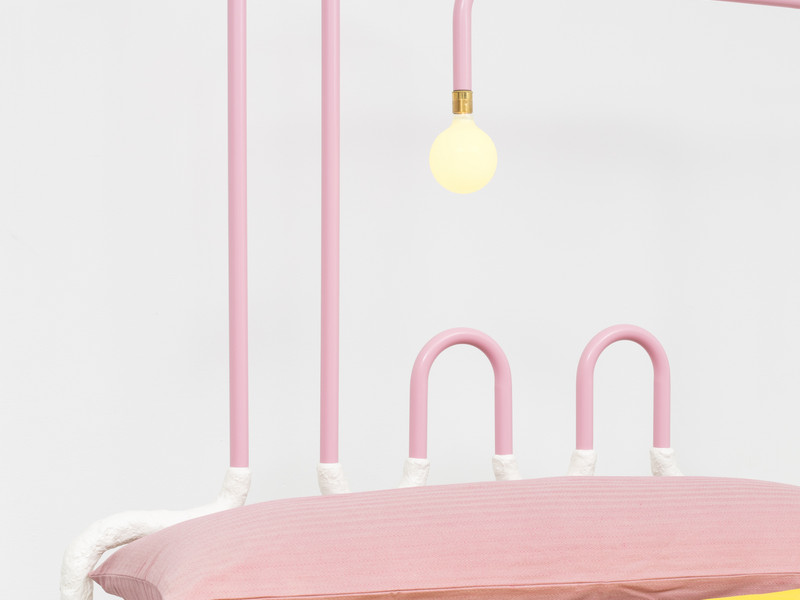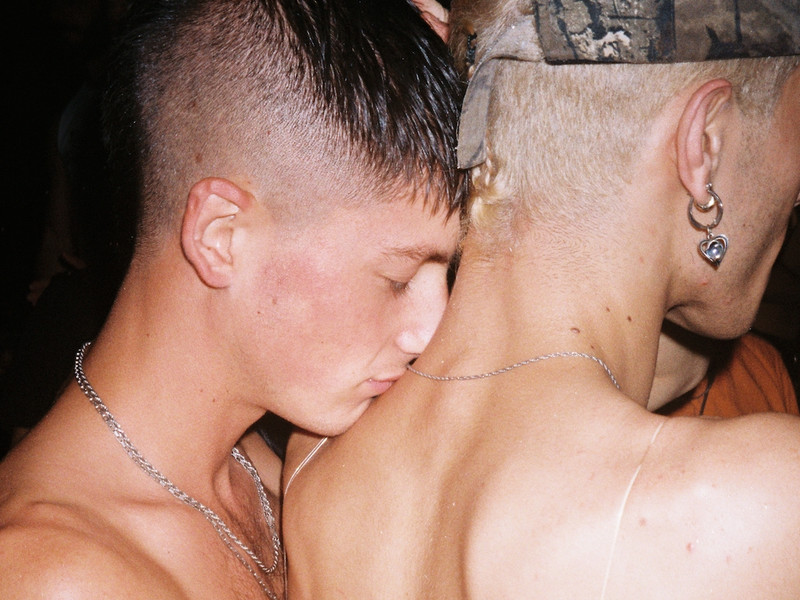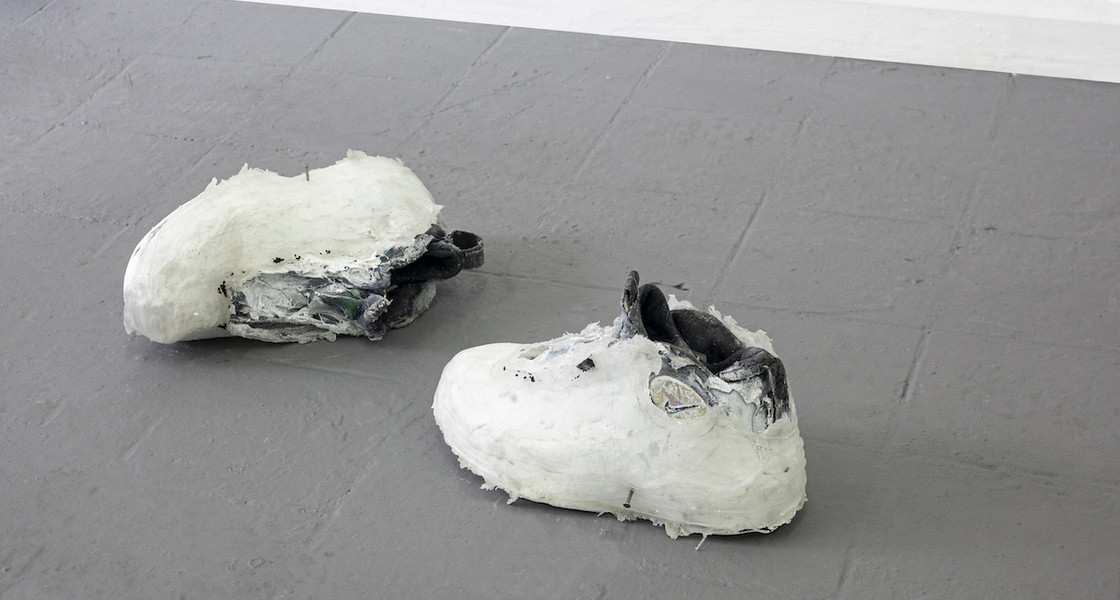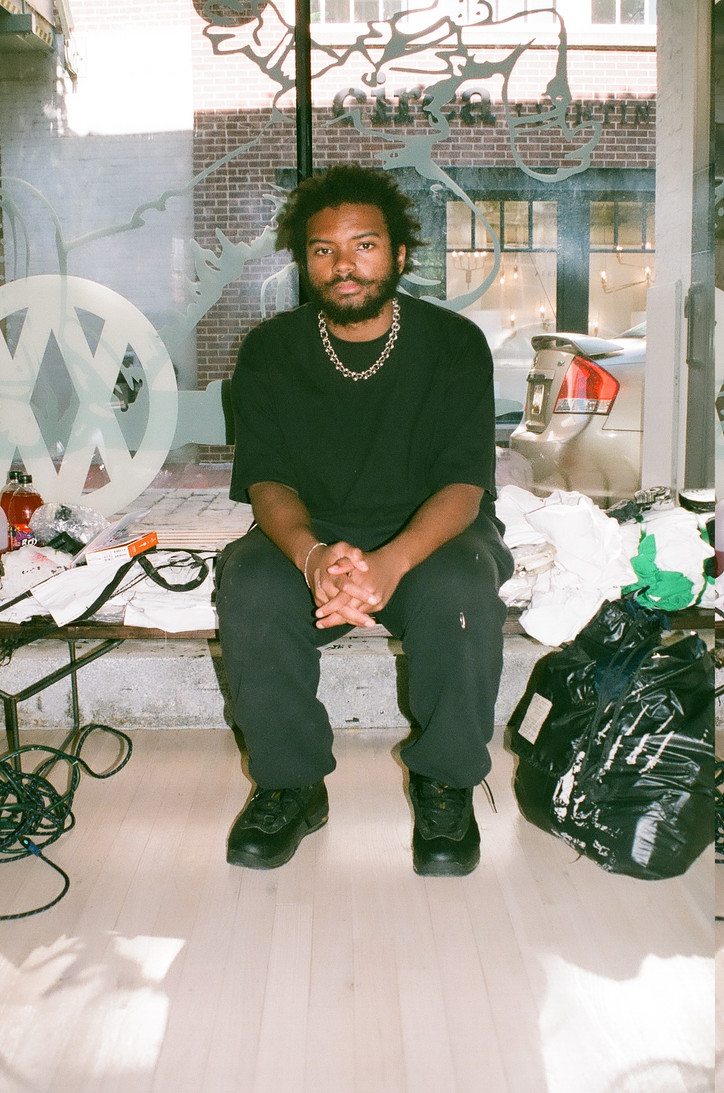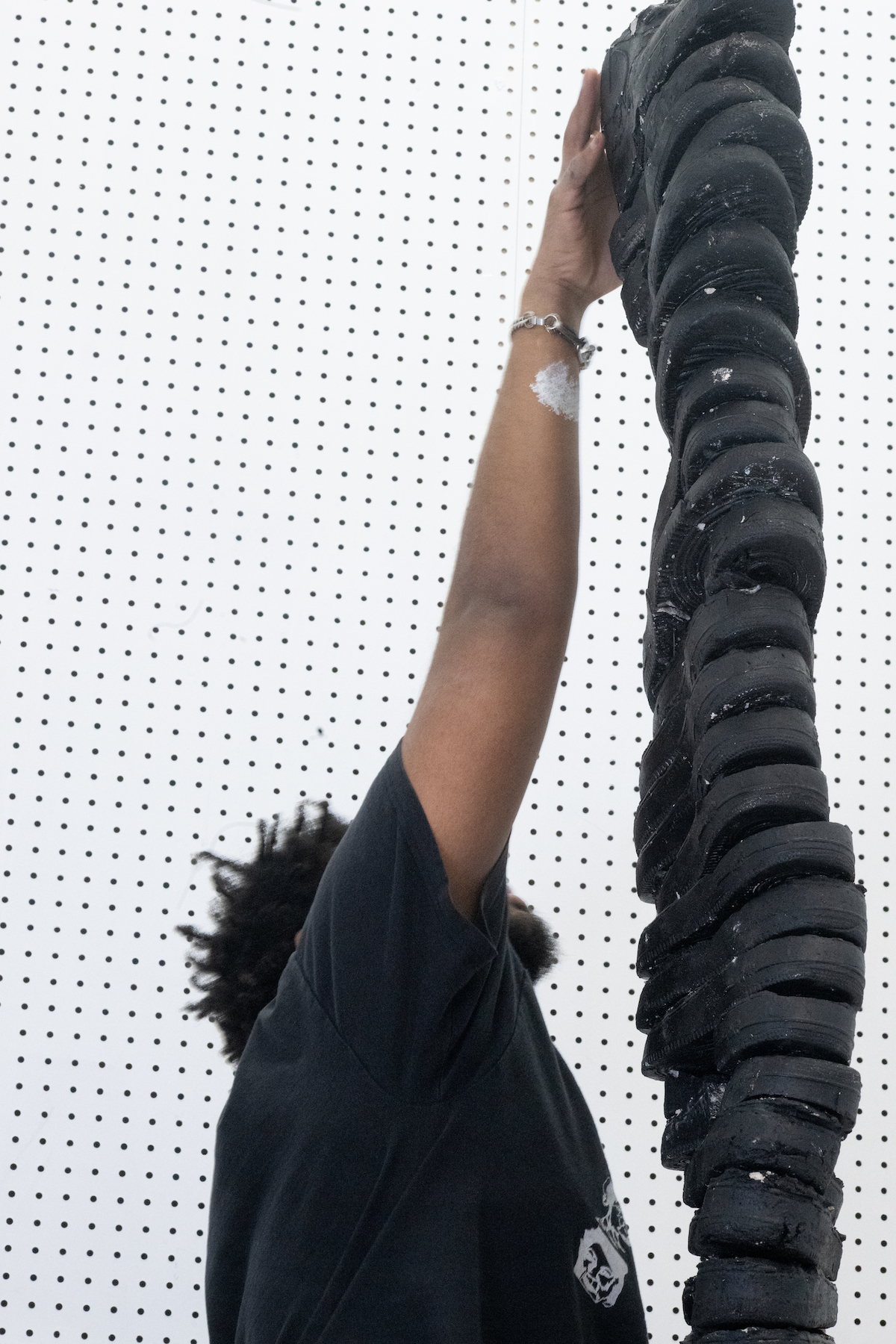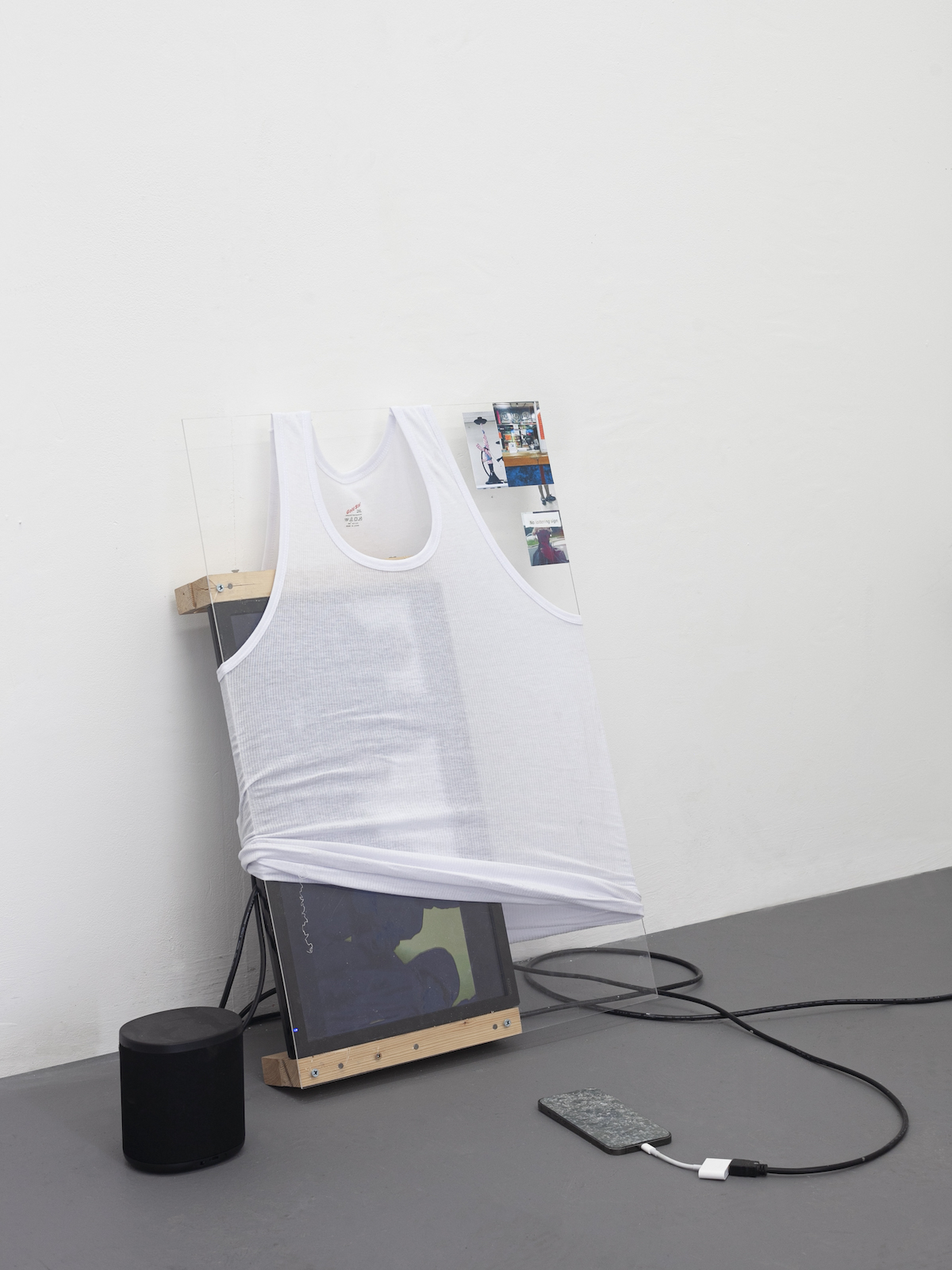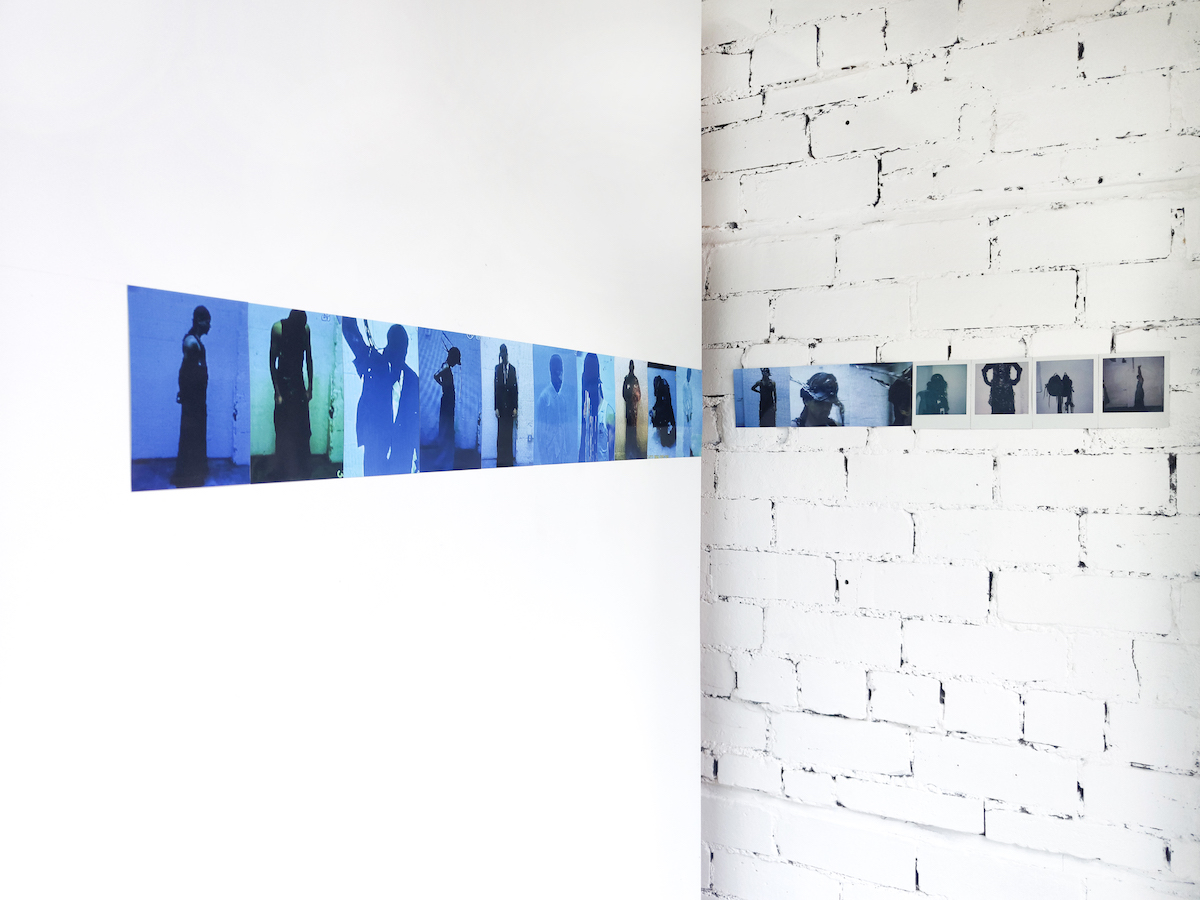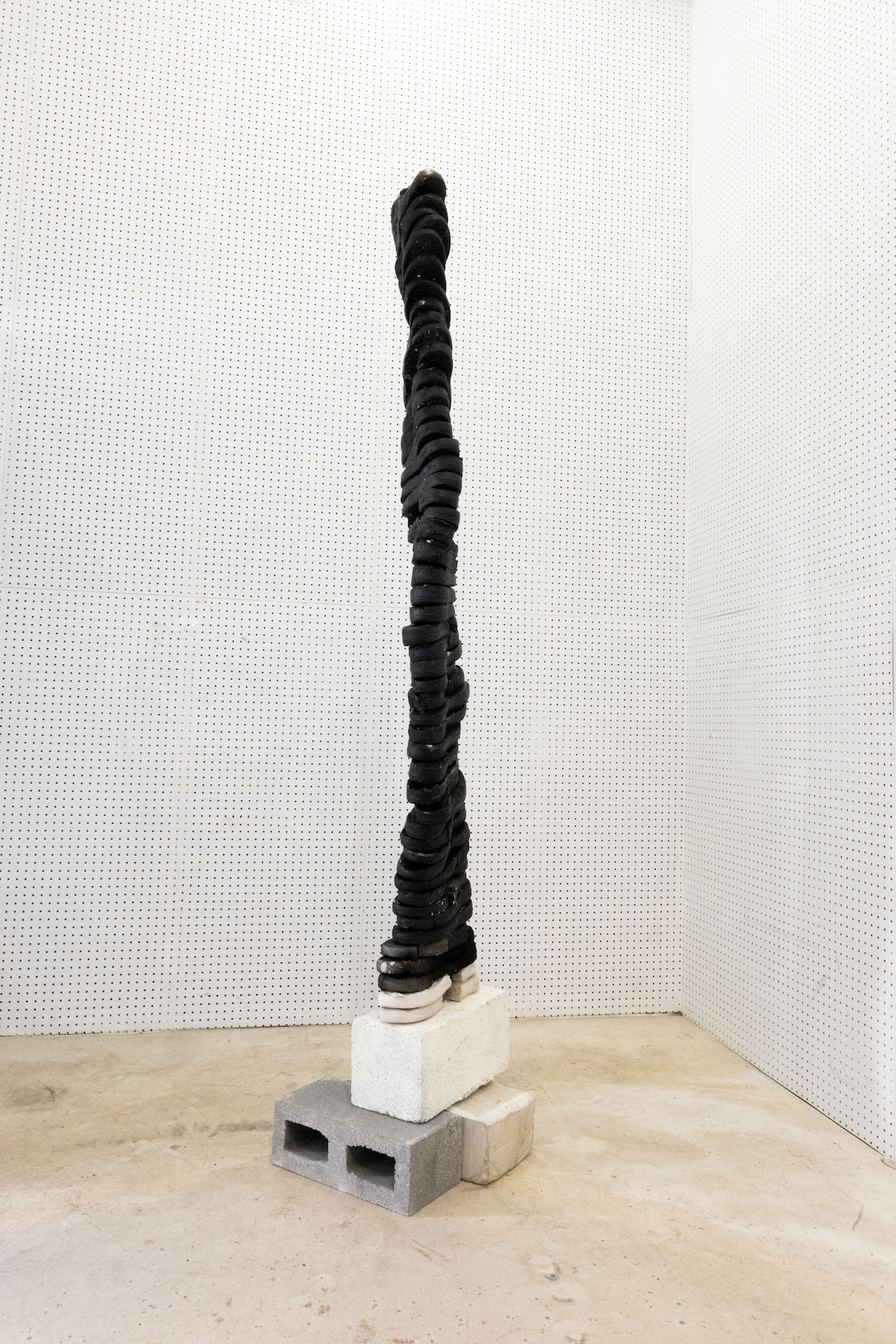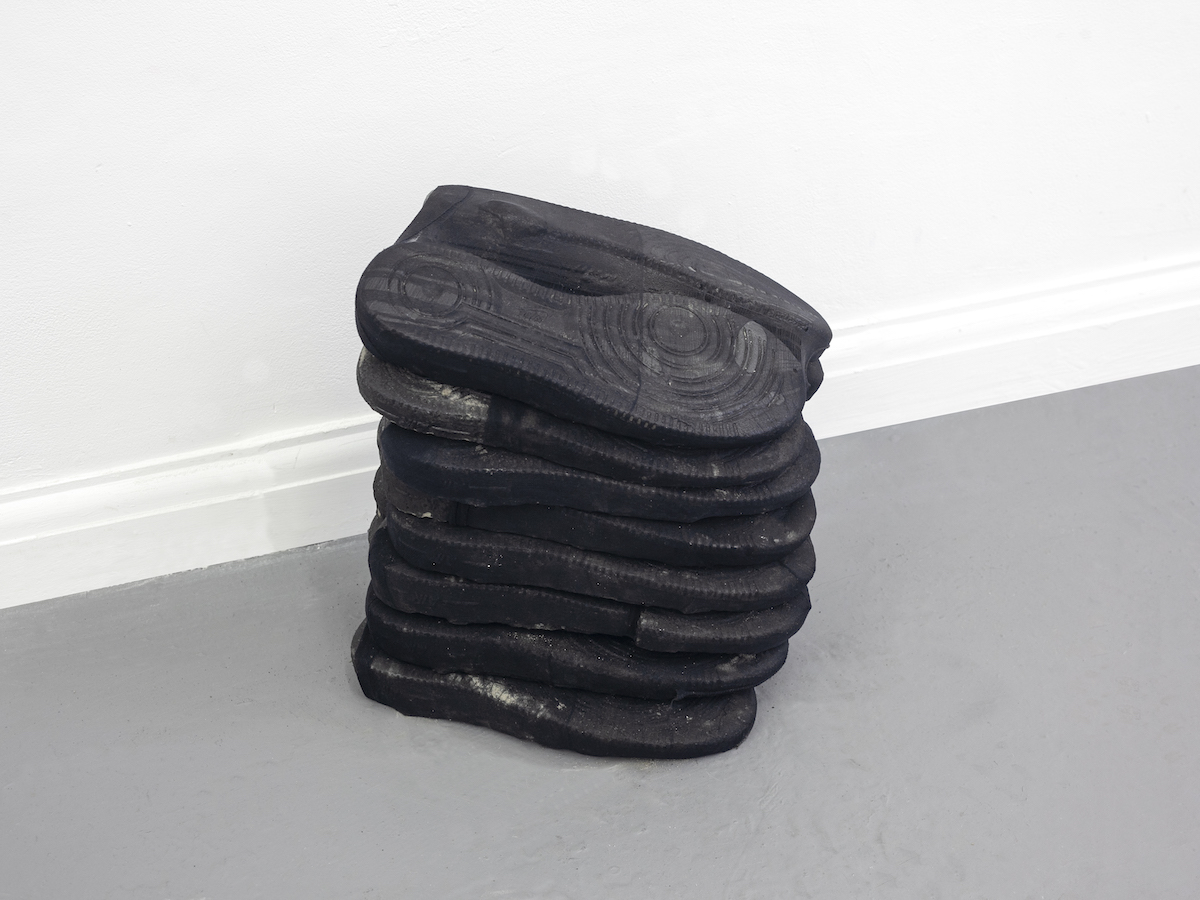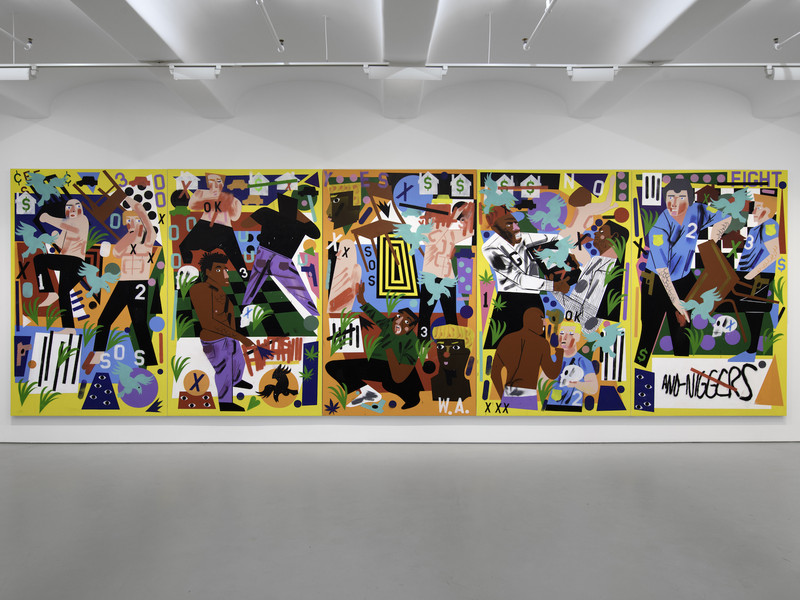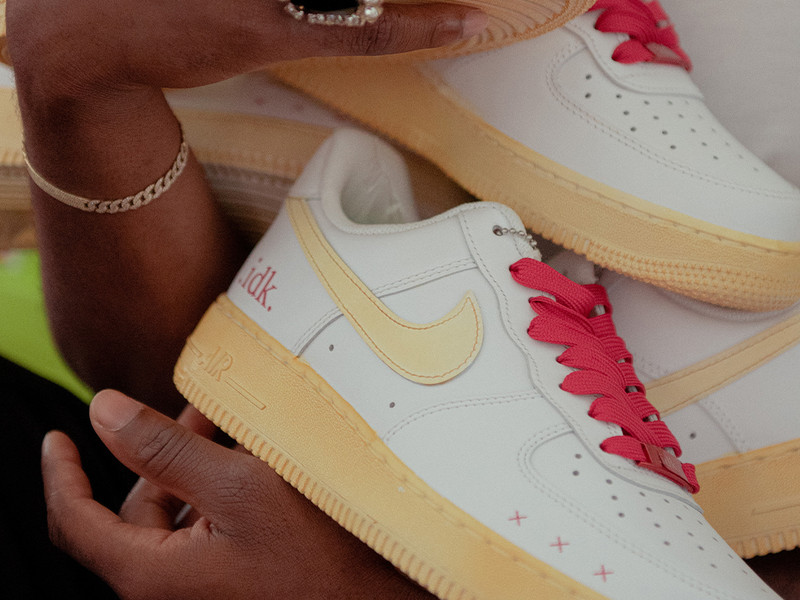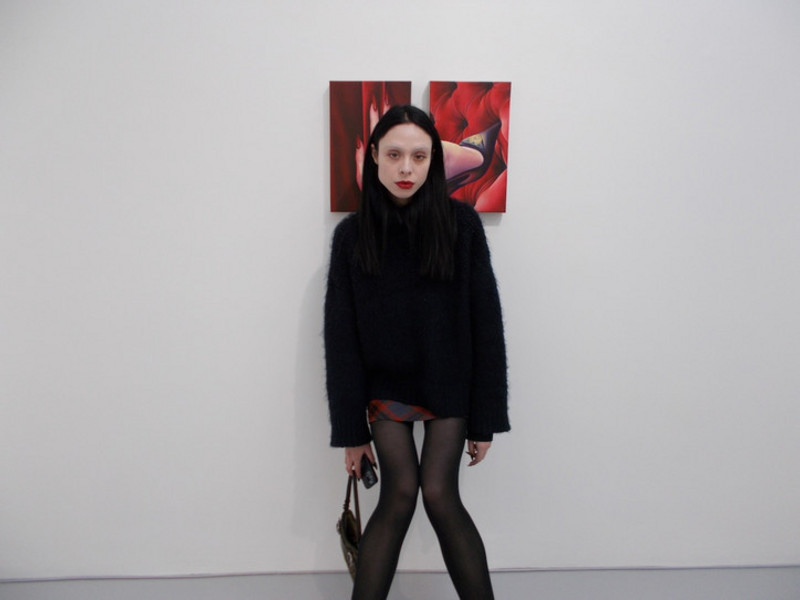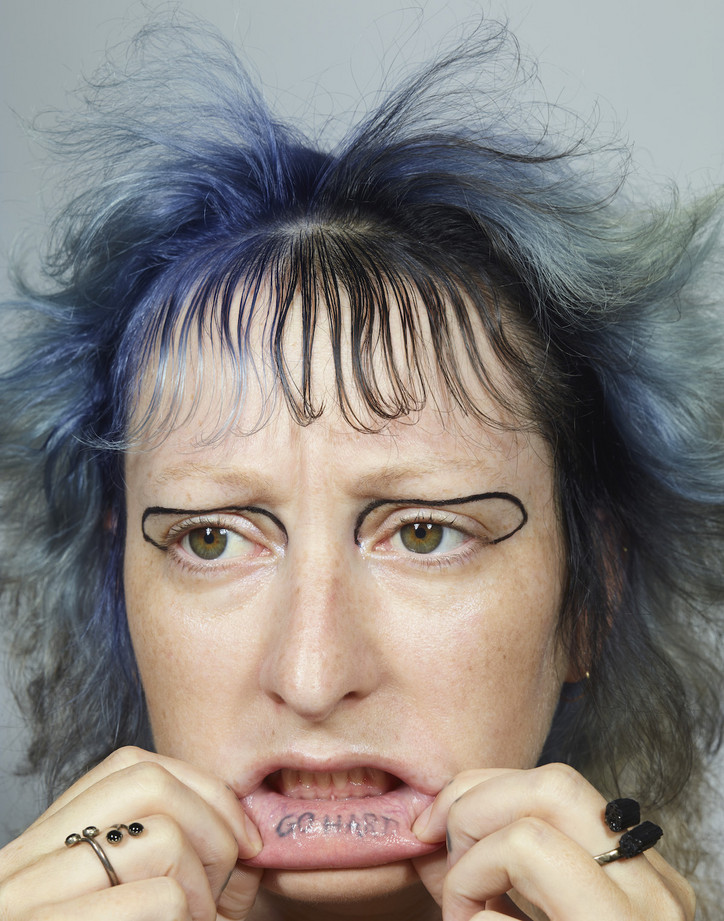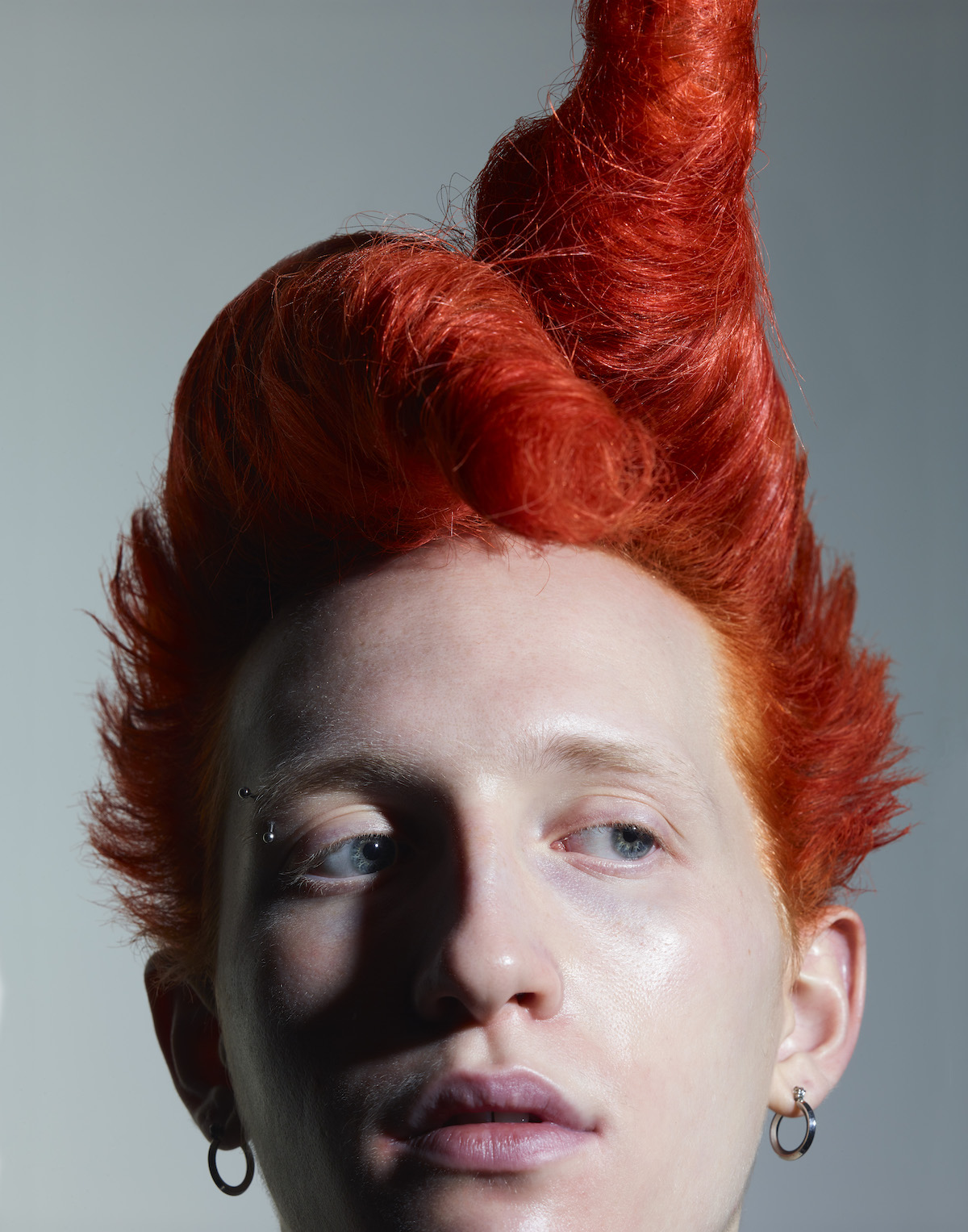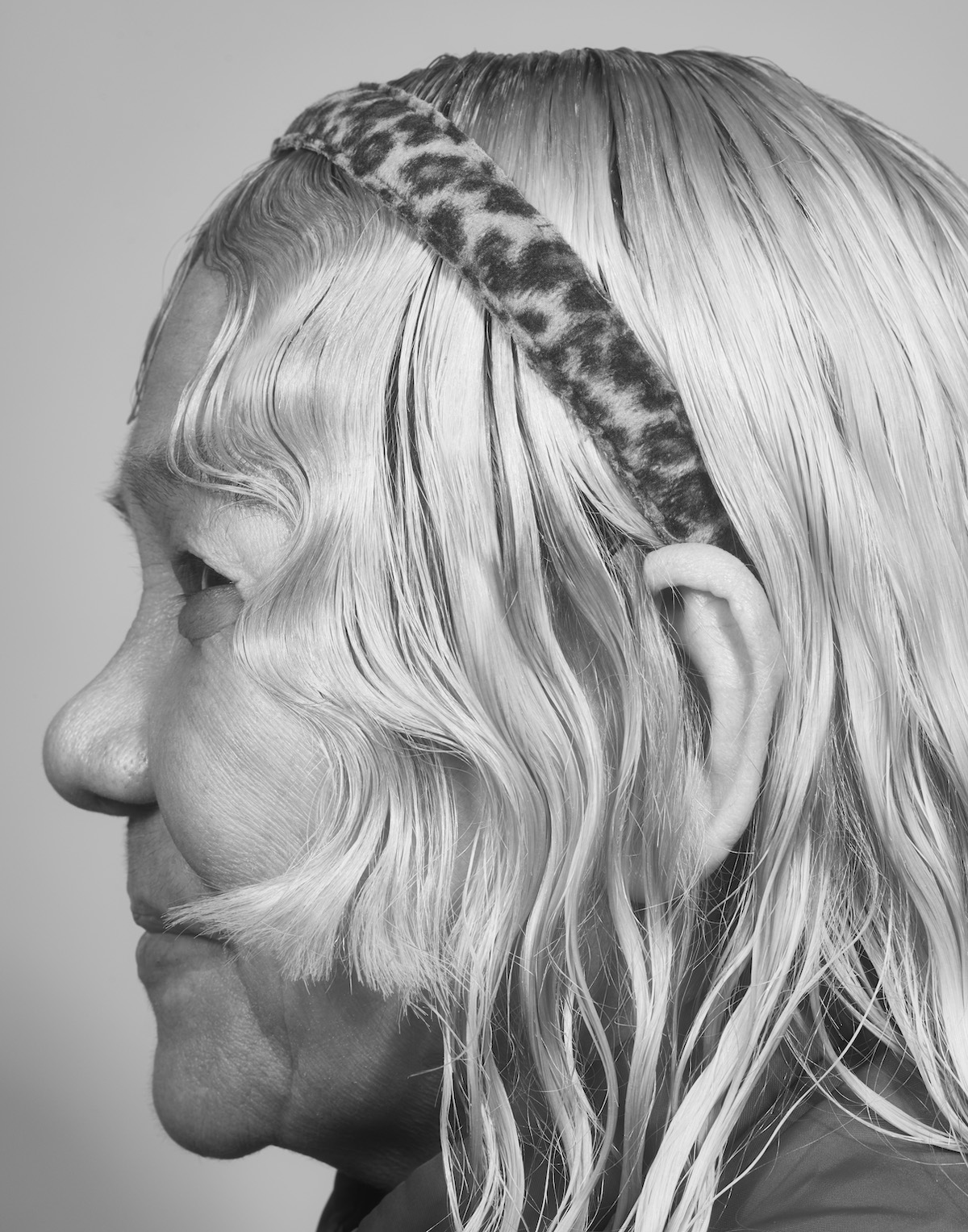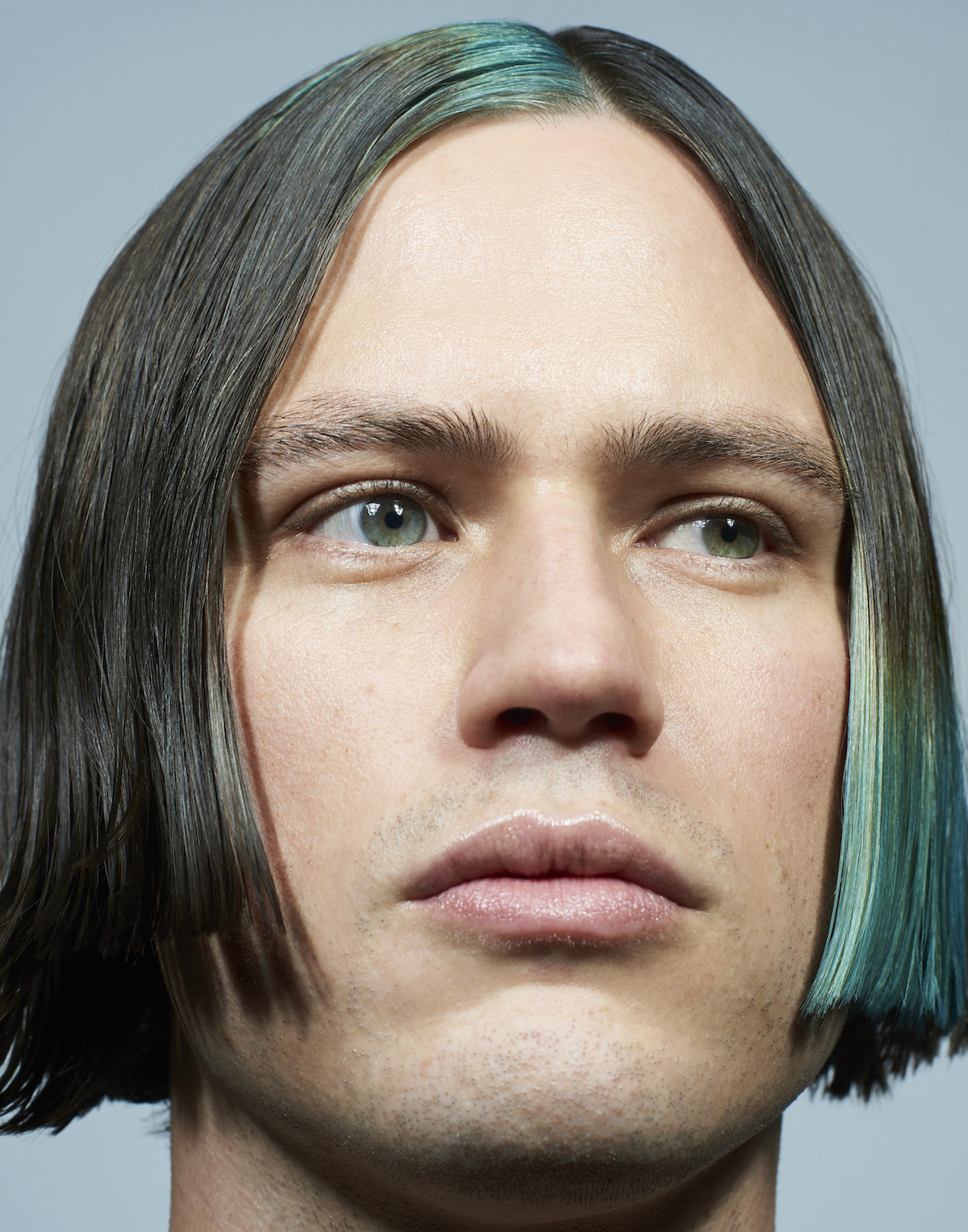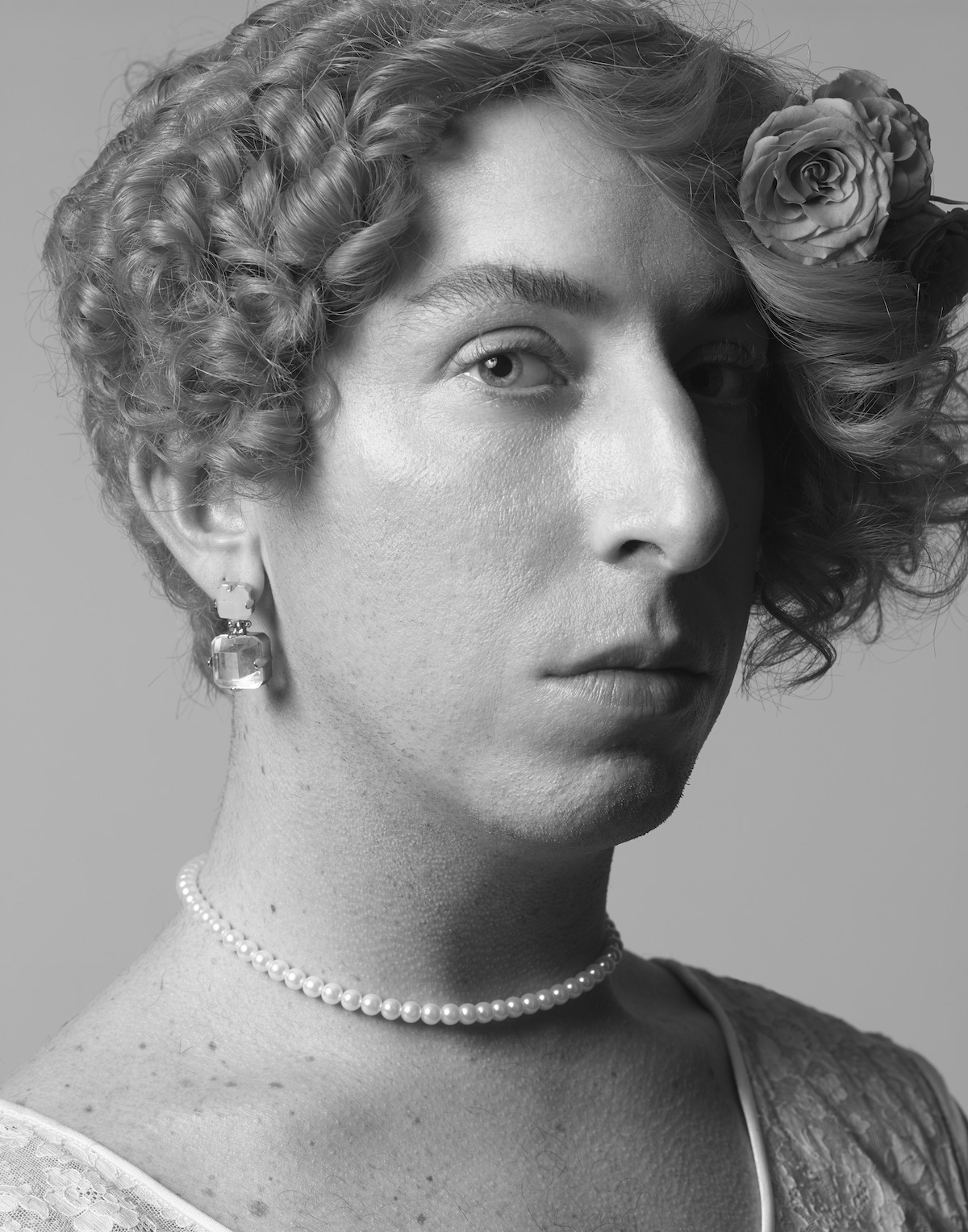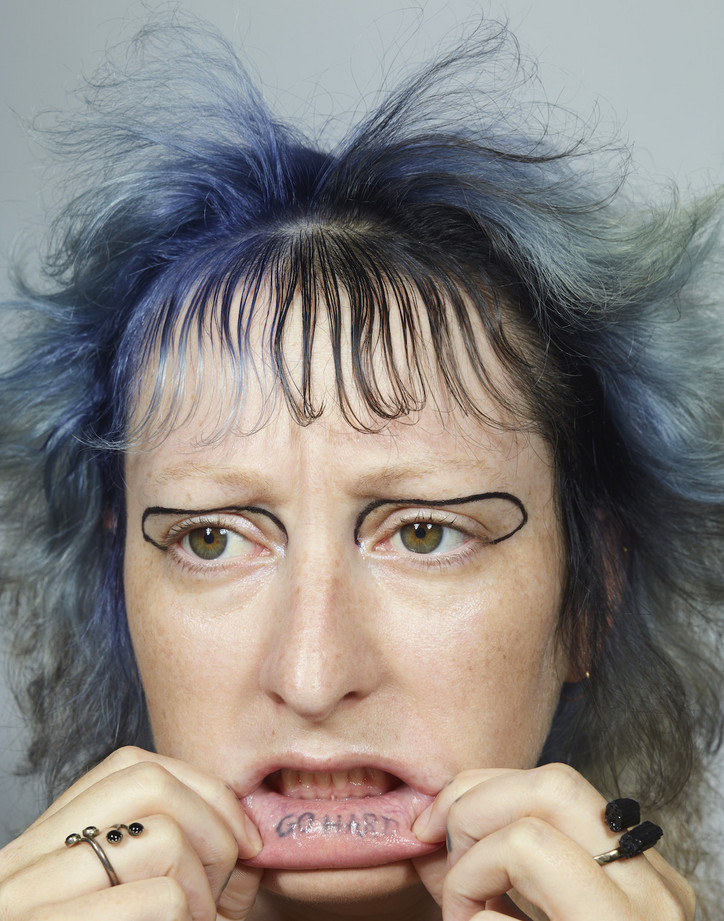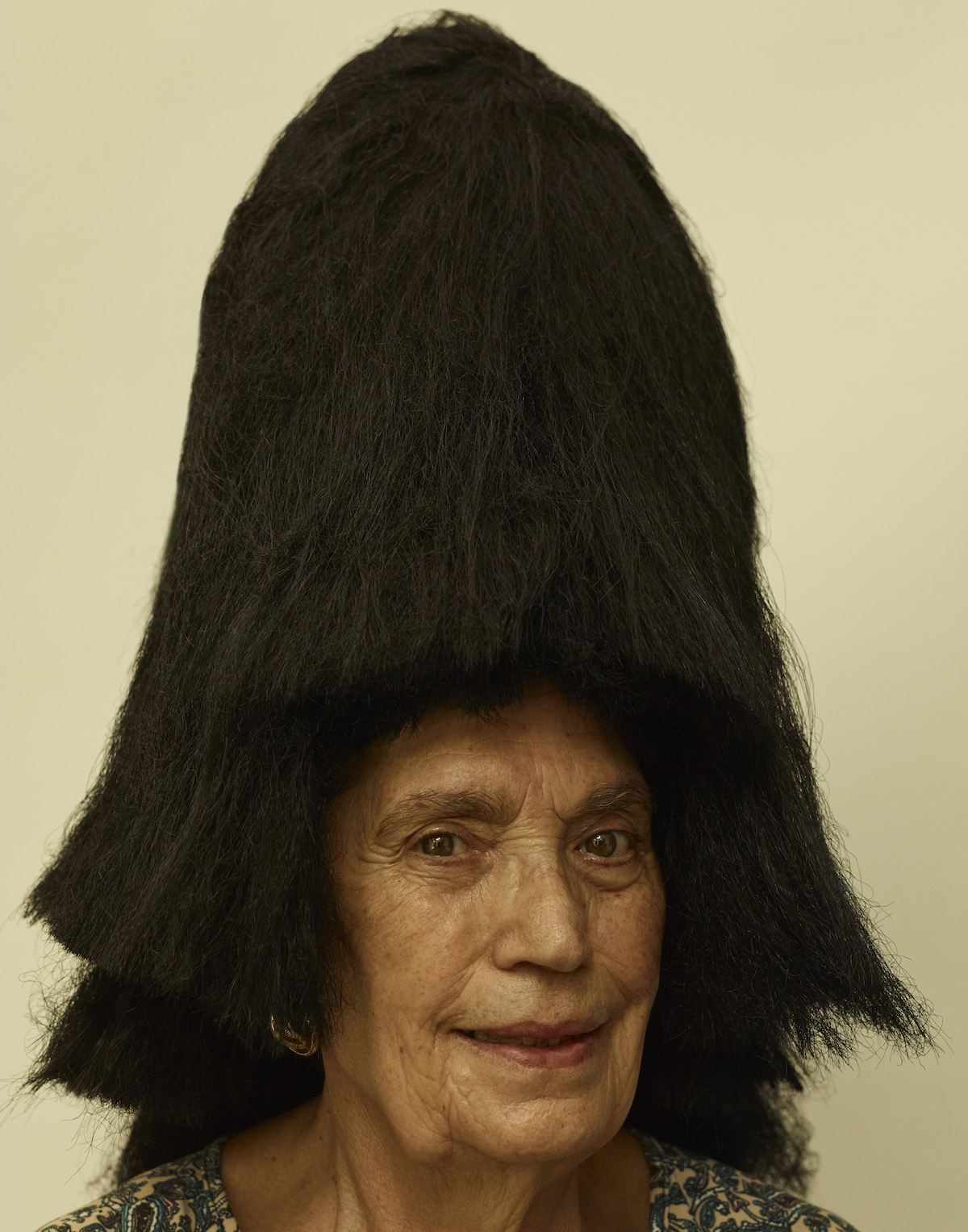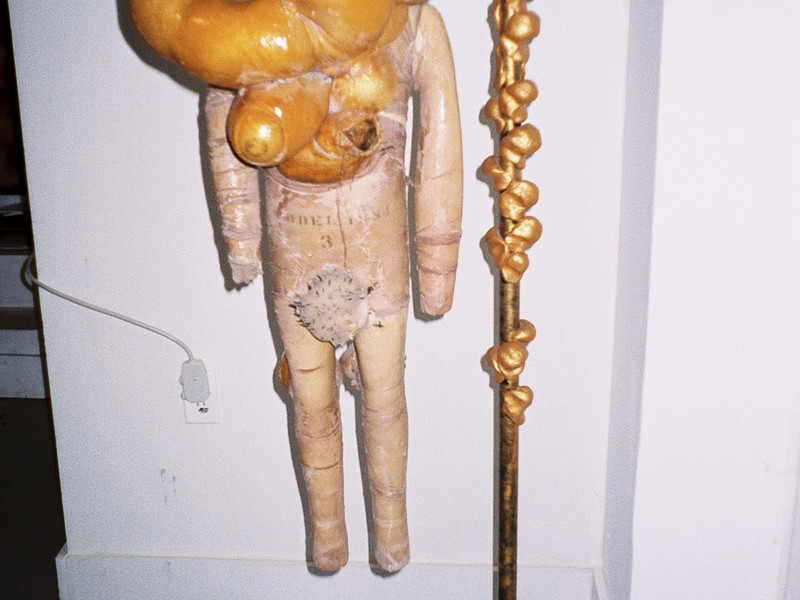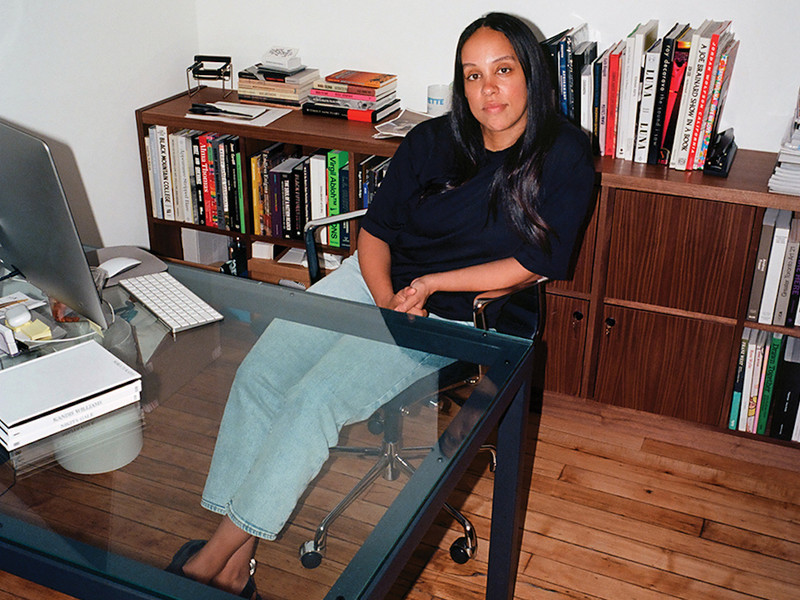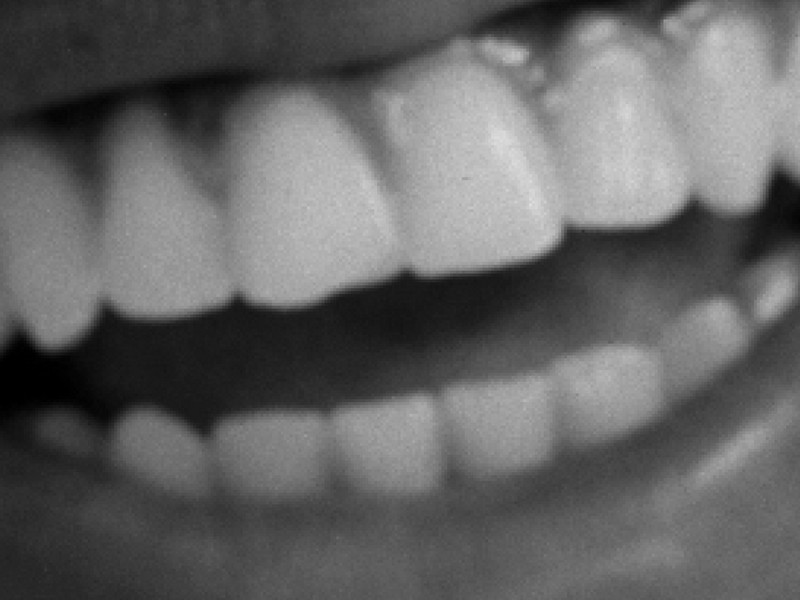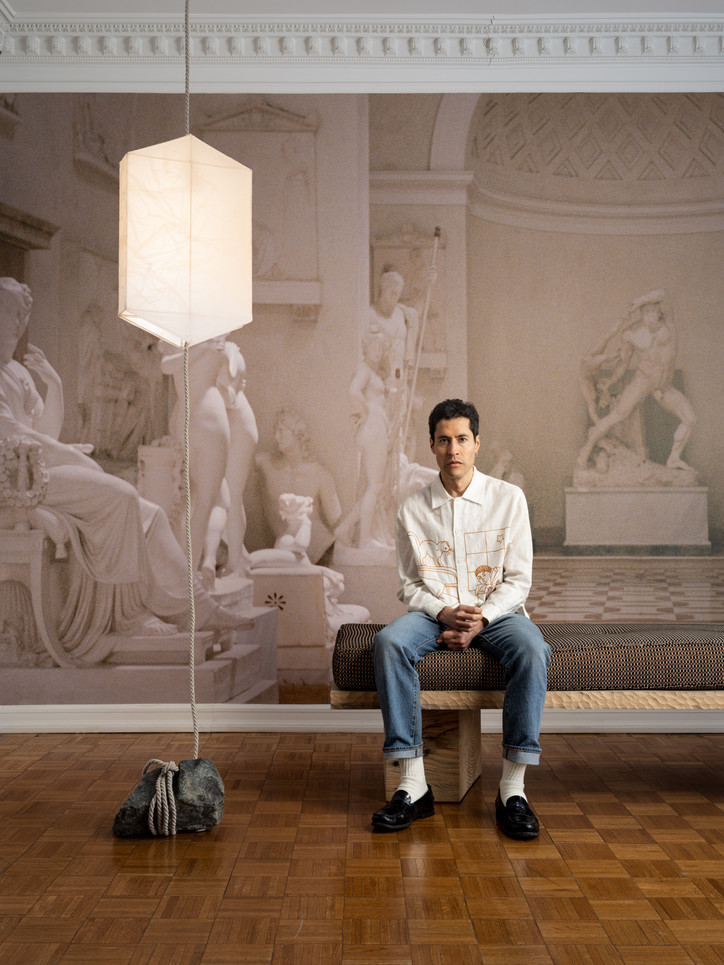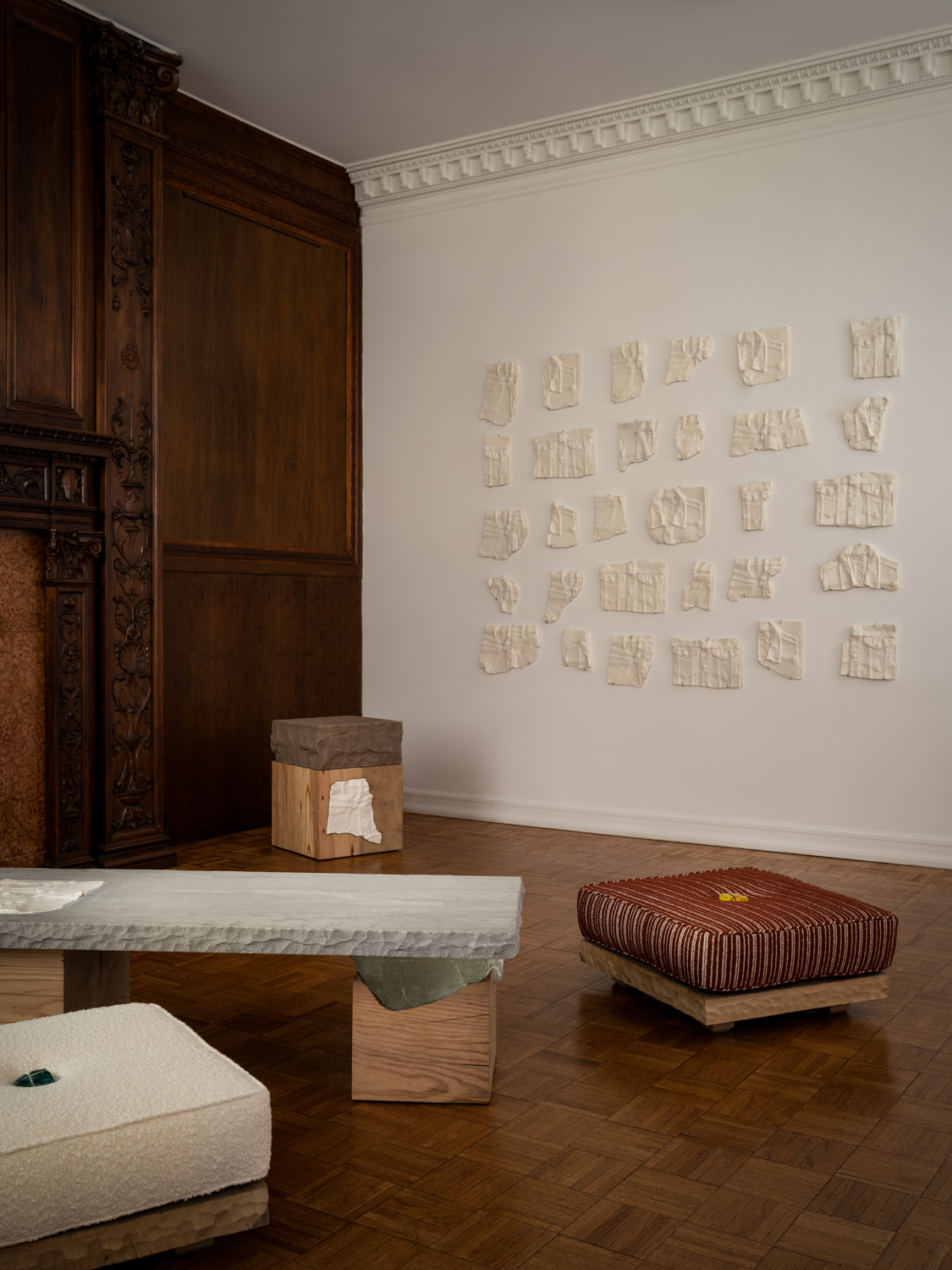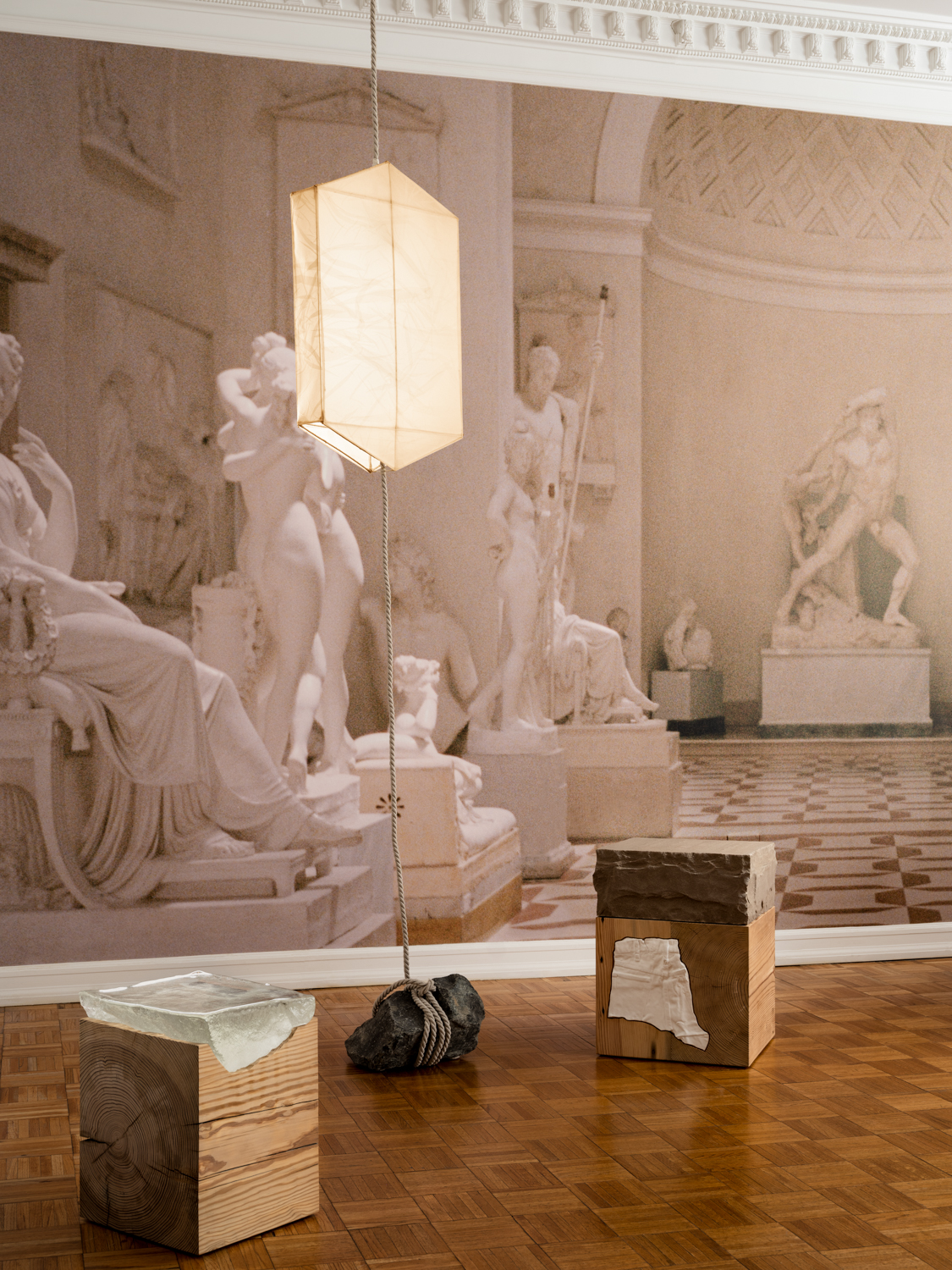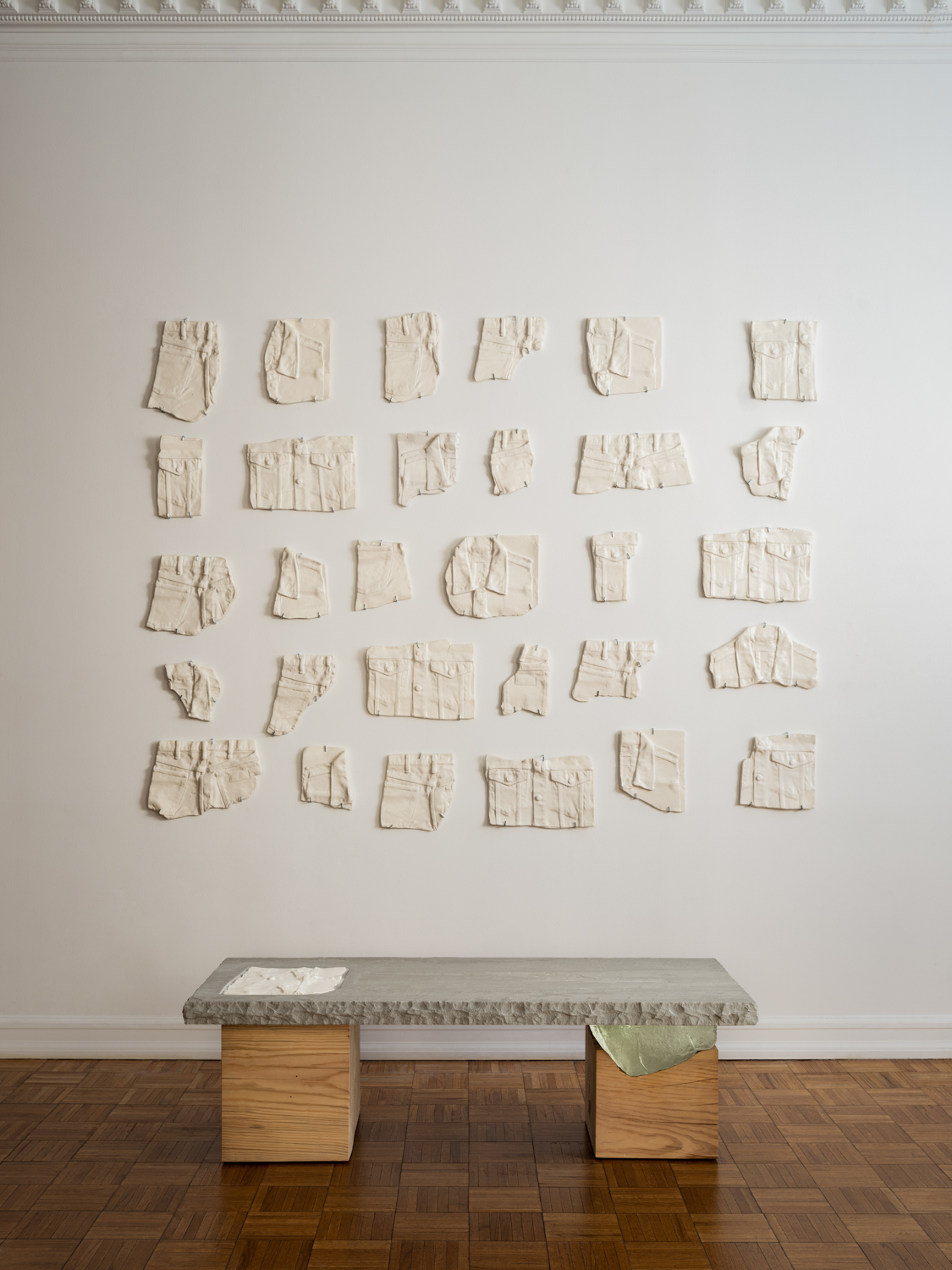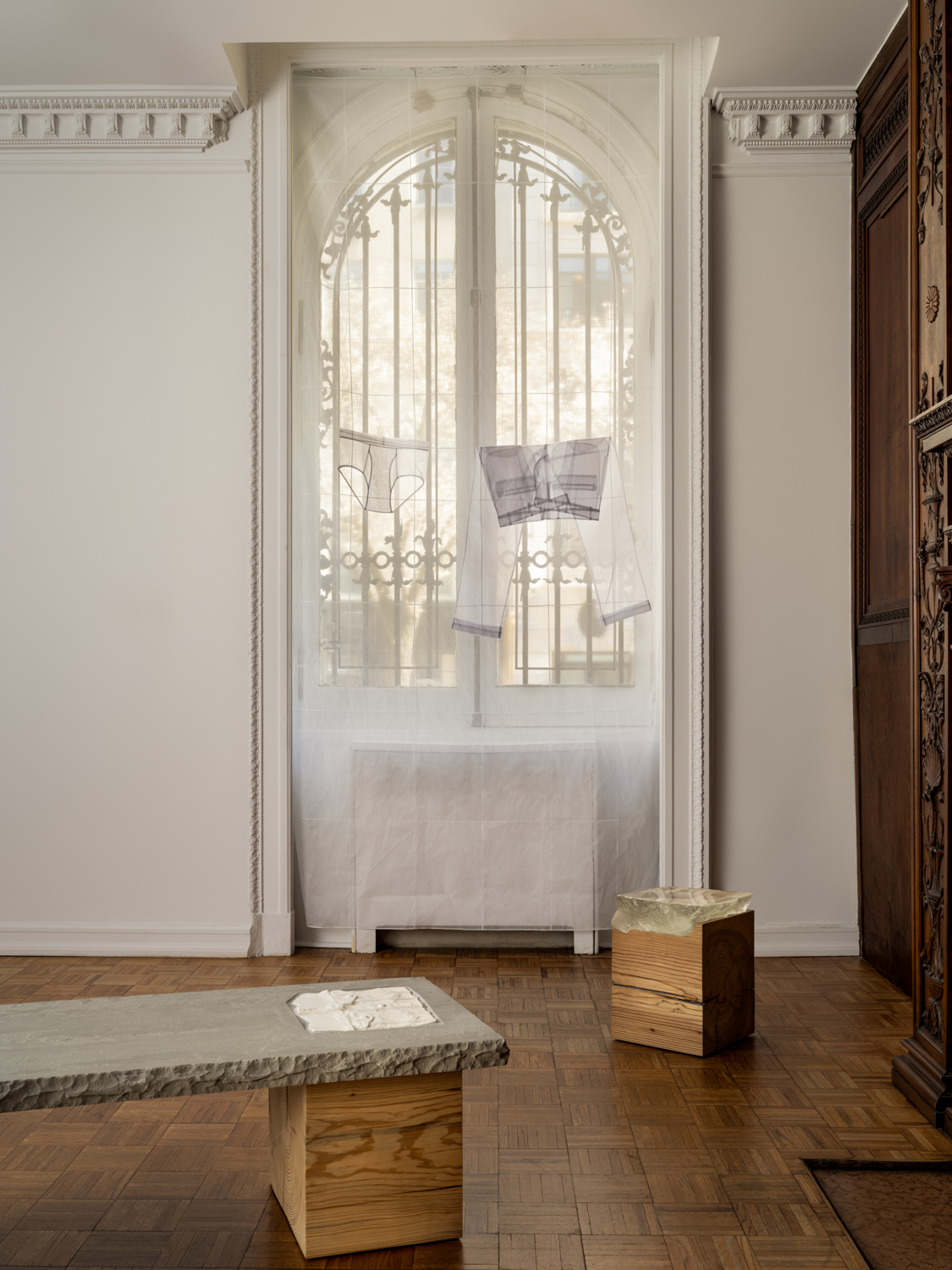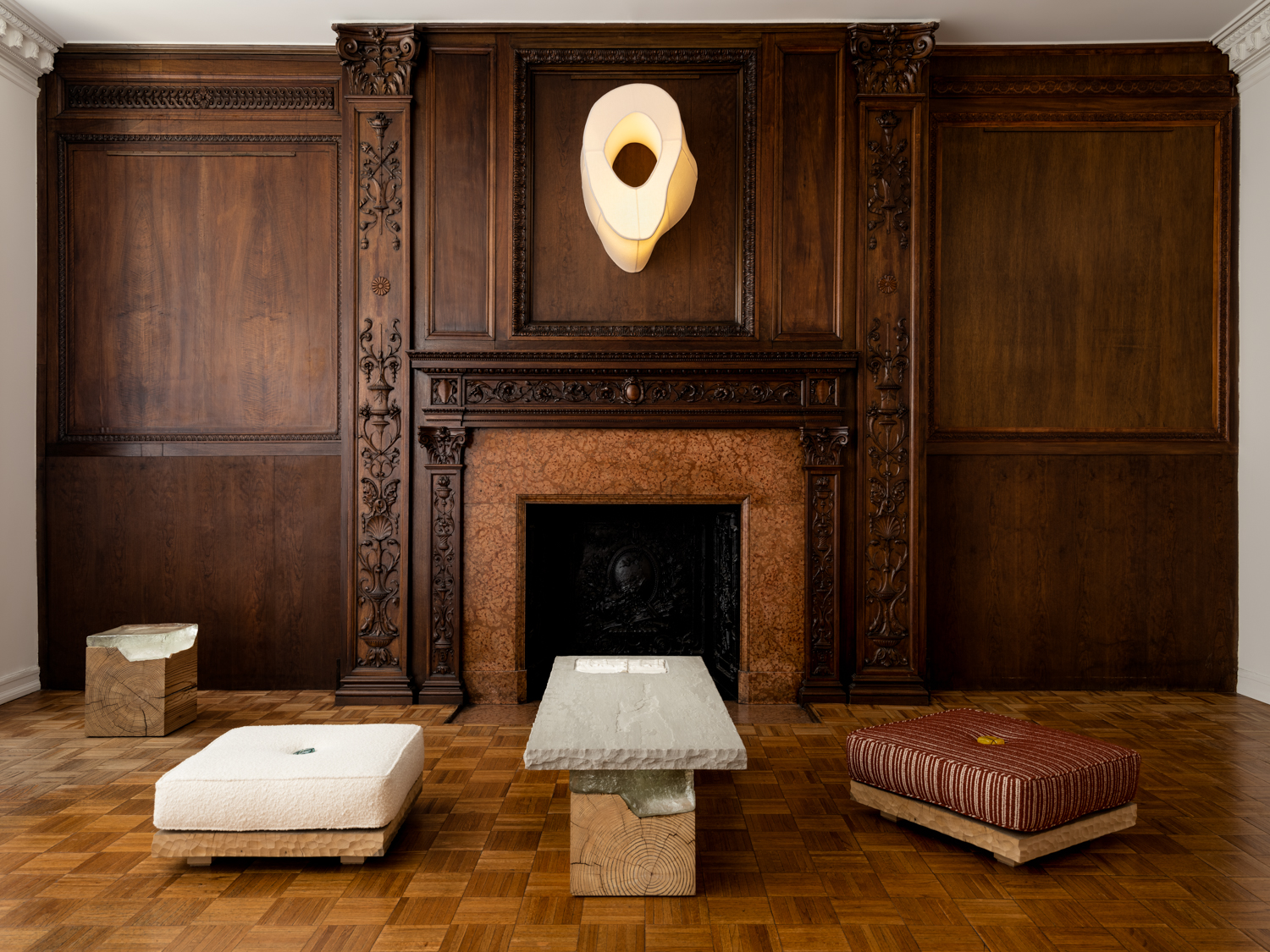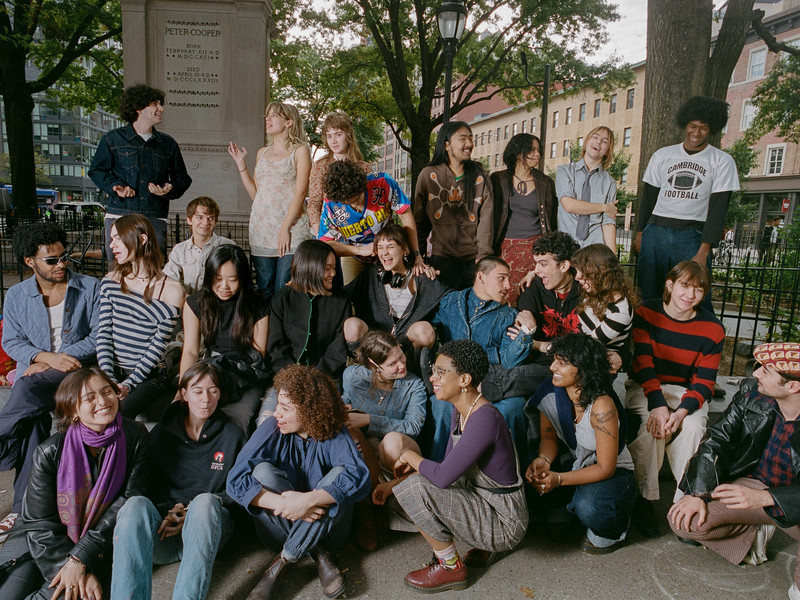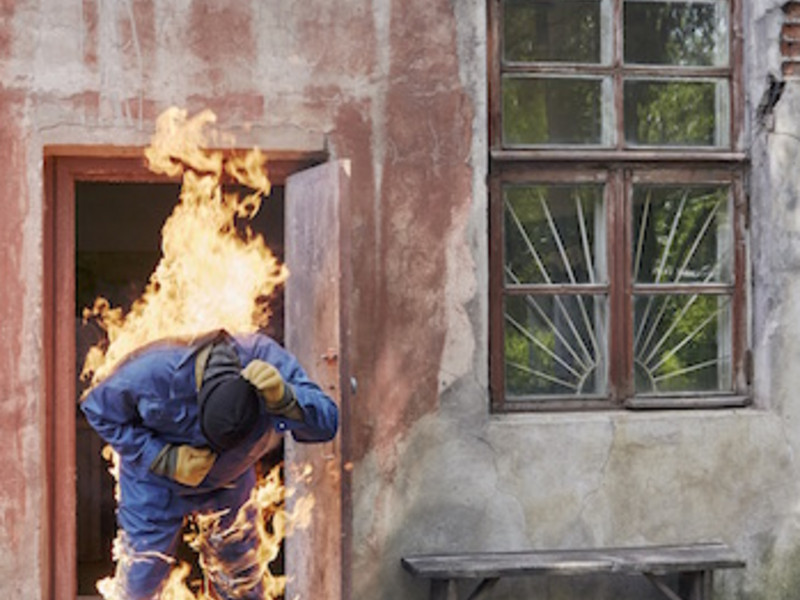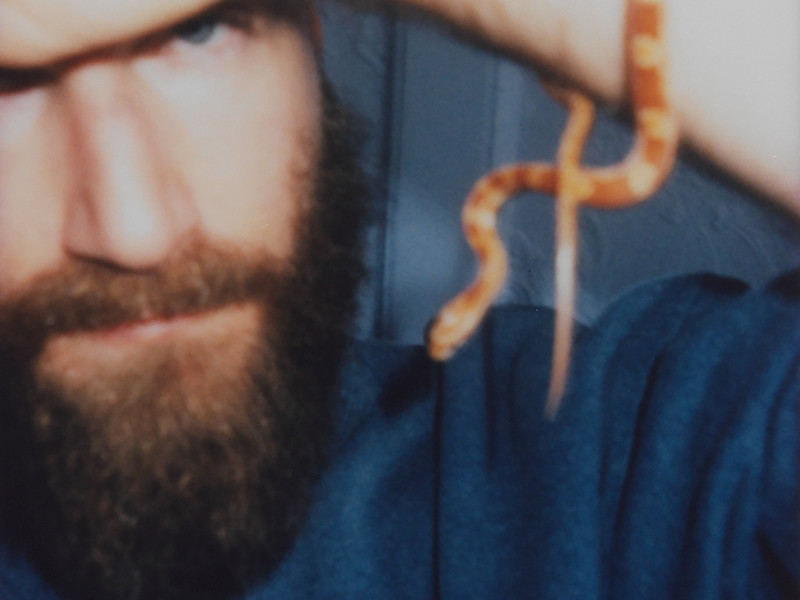It seems that “chance” is central to your process so I wondered if you kept your daily schedule pretty open as well.
I try to keep some things open, indeed. I think it's important, that sort of flexibility – being able to act around the way you feel in the morning.
When talking about your latest exhibition Together Over Time, you reference going through each day being present in the natural world. In a city, it's not always so easy to do that. How do you consciously stay present?
Well, this was the way it was growing up on the ranch. Having slow days, riding horses, moving cattle from one land to the other — going through the same exercises. Back then I always thought, Oh my god, I'm so bored that I will always have to be observing the same things.
But then you start to notice and anticipate certain elements of nature — how long the day will be, where the sun will settle in the sky. You also start to appreciate that. Living a much more metropolitan life is very different, and full of surprises. Sometimes I’m walking through my neighborhood — I live in Tribeca now — and have to look up at the sky and take a deep breath. There are many elements out of your control, and that’s part of what I like about it. So much is going on that it makes you have to pace yourself. But nothing bores me more than being in an Uber so I take the train as much as I can, and I walk as much as I can.
I like going through the process of the day and having a chance to observe things, leaving the opportunity for the unexpected to arise. I think the most amazing things happen randomly.
What you touch upon is so central to New York – the randomness. There’s so much going on here, you never really know what’s going to happen, which leaves me curious. Did you make most of these works while you were in the city?
All of it. And I think for me, it was important to work with other people. You know, I’m not a woodworker, I’m not creating fabrics. I’m a creative director, I work with others to make my ideas come to life. I wish I knew how to make some stuff. Although the micro lights above with the loop, I did make. But all the elements came together in this release process of me understanding, working through things and collaborating with people locally. So that’s why I needed to be in New York; I was never planning to commission something. I like the idea of working with people you’re surrounded with, rather than producing in Mexico and spending like half of the budget and suddenly, a shipping company kept the money instead of the people working on the project. I also really wanted to be there in person for the process.
Working with other people also allows you to have some distance from the final iteration. How they approach the materials will impact the final product — it may not be an exact replica of what you first envisioned.
Correct. 100% and their skills are key in this matter, as well as understanding what we can do together. It's what interests me, I tend to collaborate or work with people. I may have an idea, but then it has to be produced, and the process of materializing something is central to my practice. Going through the process – each different – you start to realize the time it takes for an idea to become material.
Do you know beforehand which materials you want to use? Or does that arise serendipitously?
It depends. In this show, I was very sure. I decided right away what I wanted to work with. I was very curious about stone, I was very curious about glass, I was curious about wood, and of course fabric, which I brought in for something a bit more emotional and lighter.
The show works with things that are heavy, very grounding, like stone, and wood and lighter fabrics like on the kite and on the window. The fabrics, and ceramic pieces on the wall are like memories. The kite, grounded by the stone, connected by the rope, reflects this idea that we can all lead lighter lives when we are open to change — the rush of the wind, a slight breeze.
Thinking about how memories, and experiences come together over time, like these materials.
